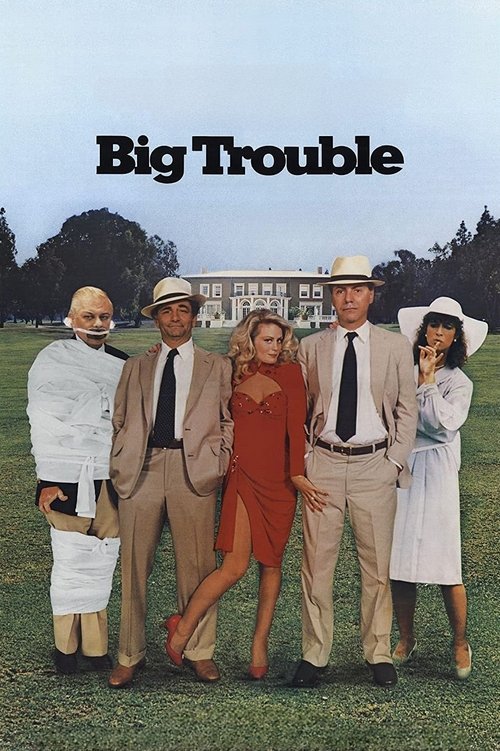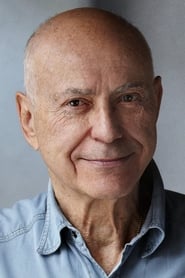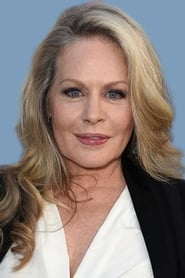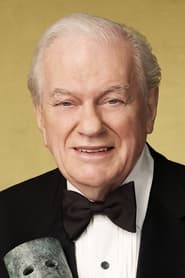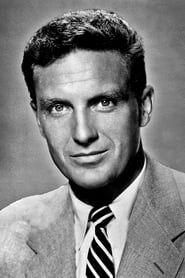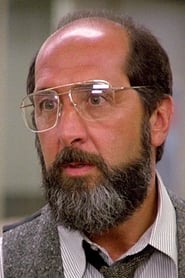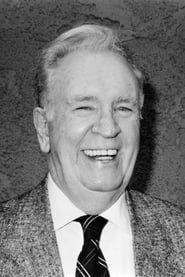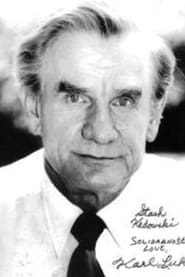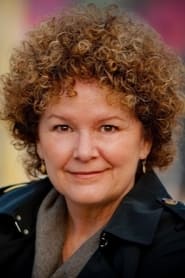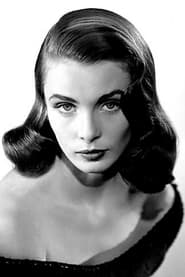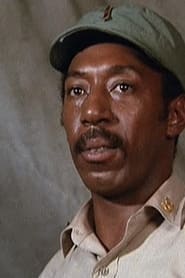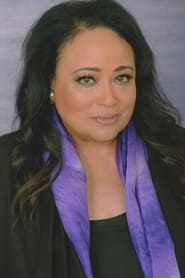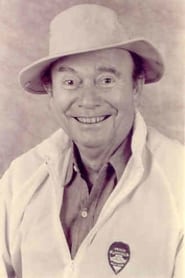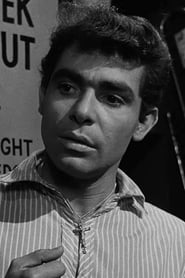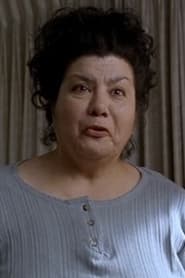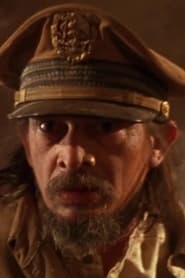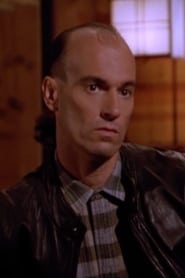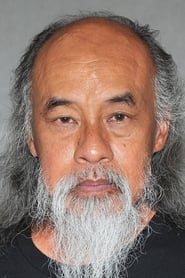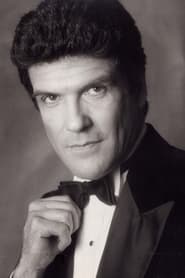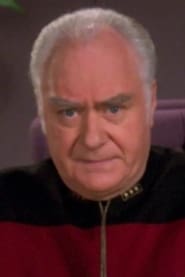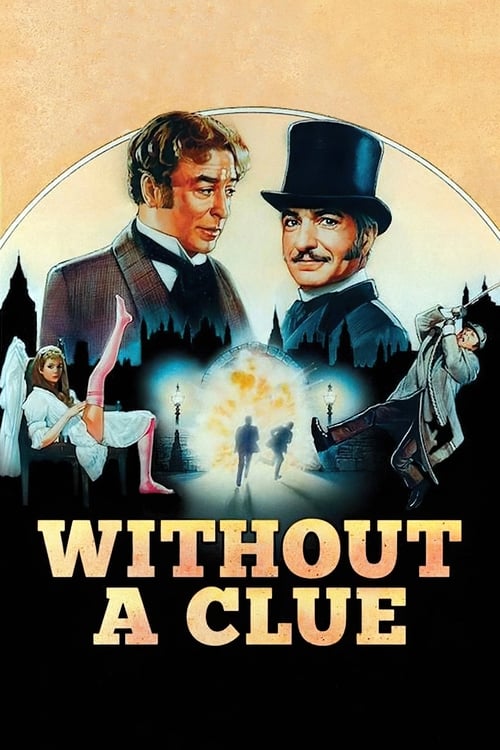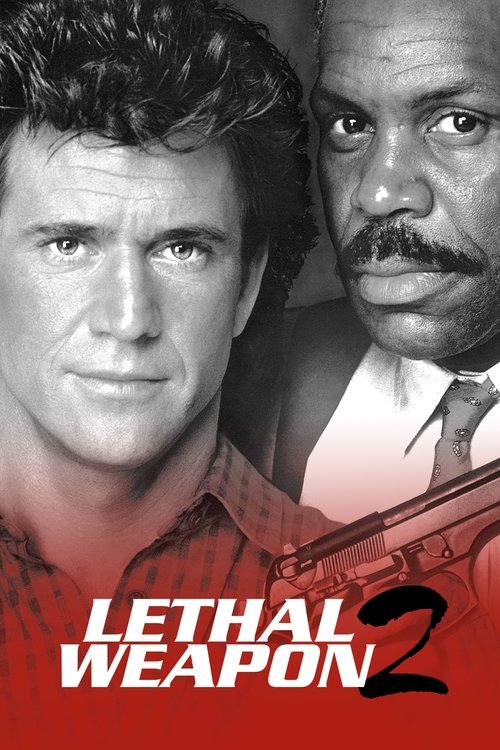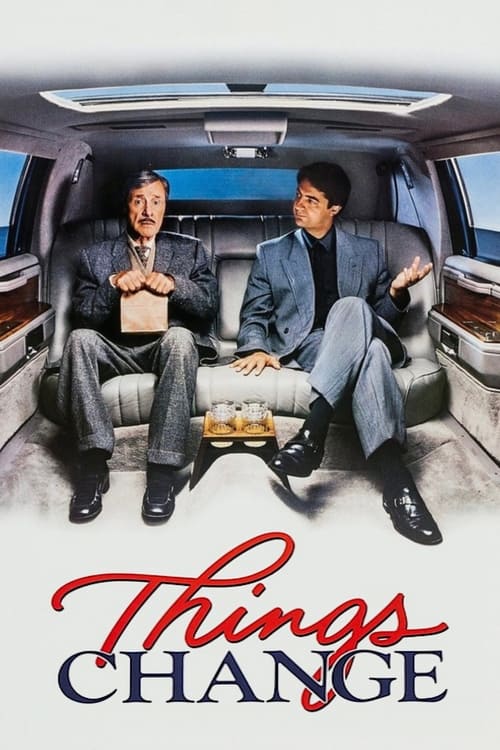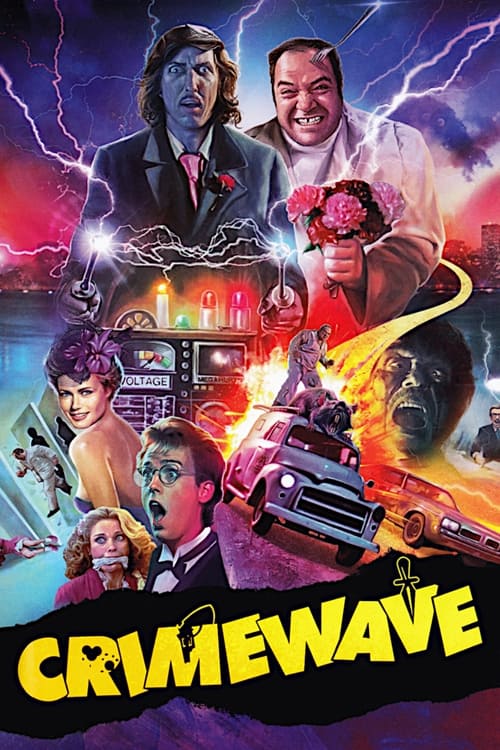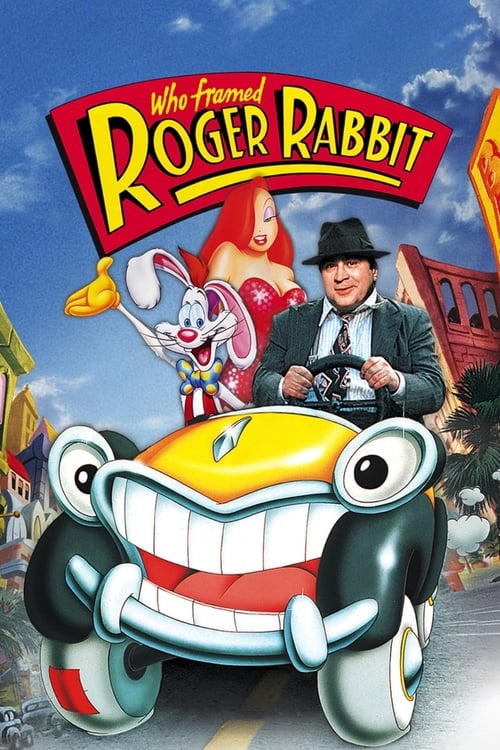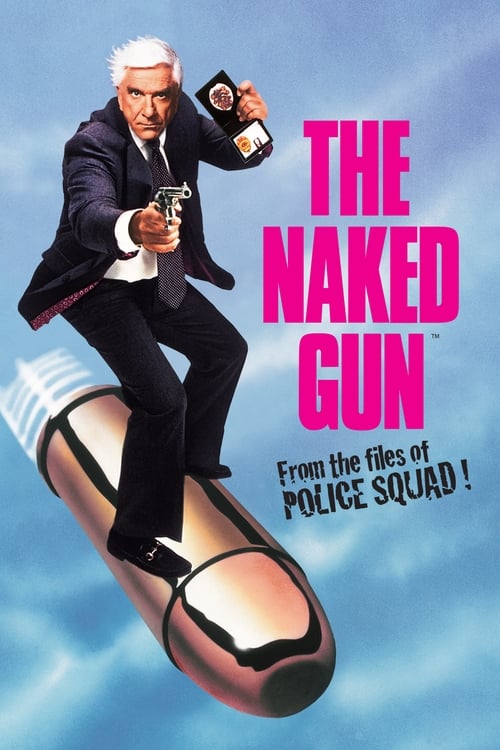
Ask Your Own Question
What is the plot?
Leonard Hoffman wakes in his modest Los Angeles home, the weight of his financial troubles pressing heavily on him. His triplet sons--Peter, Michael, and Joshua--have all been accepted to Yale University, a dream that comes with a staggering price tag of over $40,000 in tuition. Leonard's wife, Arlene, insists that the boys attend Yale rather than a more affordable local university like UCLA, intensifying Leonard's anxiety. Sleepless and desperate, Leonard drags himself to his insurance office downtown, a sterile and impersonal space that mirrors the cold indifference of his boss, Winslow. When Leonard timidly requests a raise or some financial assistance, Winslow dismisses him with a cutting remark, "You're not a millionaire, Hoffman," underscoring the gulf between Leonard's struggles and the affluent world he serves.
Later that day, Leonard arrives at the opulent Beverly Hills mansion of Steve and Blanche Rickey, hoping to sell a homeowner's insurance policy. Blanche Rickey, a striking and flirtatious woman clad in revealing attire, greets him with a mix of charm and desperation. She confides in Leonard that her husband Steve, a wealthy but mentally unstable man, is terminally ill with a weak heart and has less than a week to live. However, Steve's life insurance policy has lapsed, leaving Blanche anxious about her financial future. The mansion is filled with medical equipment, a stark reminder of Steve's frailty.
Blanche's eyes glint with a calculating gleam as she proposes a dark scheme to Leonard: they will take out a new life insurance policy on Steve with a double-indemnity clause, which pays out double if the insured dies accidentally. But for this to work, Steve must die in an unexpected way. Blanche suggests staging Steve's death as an accident, and Leonard, overwhelmed by his own financial desperation and the prospect of securing his sons' futures, hesitantly agrees.
The plan is set into motion with a secretive meeting in the aisles of a local drug store, where Leonard and Blanche finalize the details. The public yet discreet setting allows them to speak without arousing suspicion. Blanche drugs Steve, who is too weak and unbalanced to resist, and Leonard helps stage the murder on the train tracks--a grim and risky choice. They place Steve's body to appear as if he fell from a moving train, hoping the double-indemnity clause will secure them a hefty payout.
However, the plan quickly unravels. When the body is discovered, it is missing its face, a disturbing detail that sparks confusion and suspicion among the authorities. Leonard is soon summoned to the police station, where Detective Murphy and Police Captain Lukas question him. Leonard's nervousness is palpable as he struggles to maintain his composure under their scrutiny.
Meanwhile, the insurance investigator, O'Mara, and the Rickeys' attorney begin their own inquiries. At the hospital, where Steve is unexpectedly found alive, the tension reaches a fever pitch. Steve Rickey's survival is the film's most shocking revelation--he has been aware of the plot all along and orchestrated his own survival to expose Blanche and Leonard's scheme.
In a tense confrontation at the hospital, Steve confronts Leonard, his voice cold and accusing. "You thought you could fool me, Leonard? You thought I wouldn't see through your desperation?" Leonard, caught between fear and regret, can only stammer in response. Winslow and O'Mara arrive, their presence sealing Leonard's fate. Blanche's true motives are laid bare--her desire to secure her financial future by killing her husband--and Leonard's desperation to provide for his sons is fully exposed.
The film's climax is a whirlwind of accusations and revelations. Leonard faces the consequences of his actions, his dreams for his family shattered. Blanche's manipulations are unmasked, and Steve's survival turns the tables on the conspirators. The story closes with Leonard returning home, his face etched with exhaustion and sorrow, reflecting on the lengths he went to for his family and the moral cost of his choices. The future of the Hoffman family hangs uncertain, the immediate threat of the insurance scam resolved but the emotional scars indelible.
Throughout the narrative, every death and near-death is pivotal: Steve Rickey's staged murder by Blanche and Leonard, the disappearance of the body's face causing police suspicion, and the ultimate revelation of Steve's survival. Confrontations between Leonard and Blanche, Leonard and Steve, and Leonard with the authorities build tension steadily, culminating in the hospital showdown that unravels the entire plot. The film's locations--from Leonard's modest home and sterile office to the lavish Rickey mansion, the public drug store, the ominous train tracks, and the tense hospital--serve as vivid backdrops that enhance the emotional and dramatic stakes.
In the end, Big Trouble is a darkly comedic and tragic tale of desperation, deceit, and the high price of ambition, leaving its characters--and audience--to grapple with the fallout of their choices.
What is the ending?
In the ending of "Big Trouble," the various storylines converge as the characters face off against the antagonists in a chaotic climax. The main characters manage to thwart the villains' plans, leading to a resolution where they find themselves in a better place, both personally and in their relationships.
As the film reaches its climax, the tension escalates. The characters, including the hapless protagonist, face off against the criminals in a series of comedic and chaotic events. Ultimately, the heroes prevail, and the villains are apprehended. The film concludes with a sense of resolution and newfound understanding among the characters.
Now, let's delve into the ending in a more detailed, chronological narrative.
The climax of "Big Trouble" unfolds in a bustling Miami setting, where the various plot threads begin to intertwine. The protagonist, a well-meaning but bumbling man named Jack, finds himself in a precarious situation as he tries to navigate the chaos surrounding him. He is determined to save his family and friends from the clutches of a group of criminals who have been causing havoc throughout the film.
As the action intensifies, Jack and his friends, including the resourceful and quick-witted characters, band together to confront the villains. The scene is frenetic, filled with slapstick humor and unexpected twists. Jack's internal motivation is clear; he wants to protect his loved ones and prove himself as a capable hero, despite his previous missteps.
In a pivotal moment, the characters engage in a chaotic chase through the streets of Miami. The camera captures the frantic energy as they dodge obstacles and narrowly escape danger. Jack's determination shines through as he rallies his friends, showcasing their camaraderie and resilience in the face of adversity.
Meanwhile, the antagonists, led by a menacing figure, are determined to carry out their nefarious plans. The tension builds as they confront Jack and his group in a showdown that is both comedic and thrilling. The stakes are high, and the audience can feel the urgency of the moment as the characters fight to outsmart their foes.
As the confrontation reaches its peak, a series of misunderstandings and comedic blunders lead to the villains' downfall. Jack's friends, each with their unique skills, contribute to the chaos, turning the tide in favor of the protagonists. The scene is filled with laughter and excitement as the characters work together, showcasing their growth and teamwork.
In the final moments, the police arrive just in time to apprehend the villains, bringing a sense of relief and resolution. Jack, having faced his fears and embraced his role as a protector, shares a heartfelt moment with his family and friends. The emotional weight of the journey is palpable as they reflect on their experiences and the bonds they have formed.
The film concludes with a sense of closure. Jack and his friends emerge victorious, having thwarted the villains' plans and strengthened their relationships. Each character finds a sense of purpose and belonging, leaving the audience with a feeling of satisfaction and joy.
In summary, the ending of "Big Trouble" encapsulates the themes of friendship, resilience, and the importance of standing up for what is right. The characters, having faced their challenges, find themselves in a better place, both individually and collectively, as they celebrate their victory and newfound understanding of one another.
Is there a post-credit scene?
The movie "Big Trouble," produced in 1986, does not have a post-credit scene. The film concludes without any additional scenes or content after the credits roll. The story wraps up with the resolution of the main plot, focusing on the chaotic events that unfold in a Miami hotel involving a variety of quirky characters and a stolen bomb. The film's humor and action come to a close as the characters deal with the aftermath of their misadventures, leaving no further narrative to explore in a post-credit sequence.
What role does the character of Jack in Big Trouble play in the story?
Jack is a central character in 'Big Trouble,' portrayed as a well-meaning but somewhat bumbling individual. He finds himself embroiled in a chaotic series of events after he inadvertently becomes involved in a plot involving a stolen bomb. His motivations stem from a desire to do the right thing, but his clumsiness often leads to comedic situations that escalate the tension.
How does the character of the hitman, Mr. D, contribute to the plot of Big Trouble?
Mr. D is a hitman hired to retrieve the stolen bomb, and his presence adds a layer of danger and urgency to the story. He is portrayed as ruthless and efficient, contrasting sharply with the more comedic elements of the film. His pursuit of Jack and the bomb creates a cat-and-mouse dynamic that heightens the stakes and drives the narrative forward.
What is the significance of the stolen bomb in Big Trouble?
The stolen bomb serves as the central plot device that connects various characters and events in 'Big Trouble.' It represents not only a physical threat but also the chaos that ensues when ordinary people become entangled in extraordinary circumstances. The bomb's presence escalates the tension and leads to a series of comedic misunderstandings and confrontations.
How do the characters of the police officers impact the storyline in Big Trouble?
The police officers in 'Big Trouble' add a layer of absurdity and humor to the plot. Their attempts to maintain order amidst the chaos often result in comedic blunders. They are portrayed as somewhat inept, which allows the main characters to navigate the chaos of the stolen bomb and the ensuing mayhem, highlighting the film's comedic tone.
What motivates the character of the woman involved in the plot, and how does she influence the events in Big Trouble?
The woman involved in the plot, who is entangled with Jack and the bomb, is motivated by a mix of personal interests and the desire to protect those she cares about. Her actions often drive the plot forward, as she navigates her relationships with Jack and the antagonists. Her character adds emotional depth and complexity to the story, as she balances her own desires with the chaotic circumstances surrounding the bomb.
Is this family friendly?
"Big Trouble," produced in 1986, is a comedy that features a mix of humor and action, but it does contain elements that may not be suitable for all family audiences. Here are some potentially objectionable or upsetting aspects:
-
Violence and Threats: The film includes scenes of physical altercations and threats, which may be unsettling for younger viewers. Characters engage in comedic yet aggressive confrontations.
-
Mature Themes: There are references to adult situations and relationships that may not be appropriate for children. The humor often leans towards the risqué.
-
Language: The dialogue includes some mild profanity and suggestive remarks that could be considered inappropriate for younger audiences.
-
Tension and Suspense: Certain scenes create a sense of danger or suspense that might be frightening for sensitive viewers, particularly when characters are in perilous situations.
-
Alcohol Use: Characters are shown drinking alcohol, which may not be suitable for children or those sensitive to depictions of substance use.
Overall, while "Big Trouble" is a comedy, its content may not be entirely family-friendly, and parental discretion is advised.

